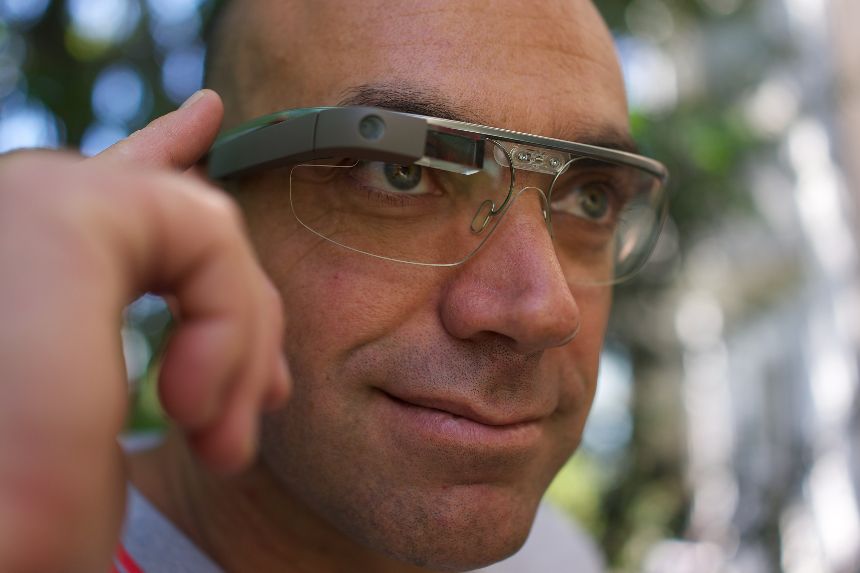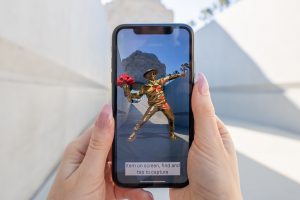
When Fad Magazine posted in January about must-have tech accessories, VR headsets were included. It won’t be long before these are more or less ubiquitous, and they’ll be used for more than just gaming and entertainment. While this is likely to be the case however, we also shouldn’t overlook the coming wave of AR glasses, which could conceivably supersede VR goggles on the consumer market.
The simple truth is that VR has to be used very intentionally. You have to decide to do an activity in VR, put on the goggles, and shut everything else out. AR, on the other hand, is designed to be more flexible. Many believe that the AR glasses of the near future won’t be meant for occasional, pointed use, but will rather be everyday accessories that we wear most of the time, but only use when the need arises.
As for what kinds of needs might arise, we need only use our imaginations at this point. There are some practical, and likely popular applications that we don’t necessarily talk about or see coming, but which will ultimately help to define the AR experience for millions.
Navigation – Right now, most people rely on mobile apps for navigation, and there are some very good ones: Waze, Google Maps, etc. The issue with these however is that by their very nature they take our eyes off of the roads or paths we’re traveling, even if only for seconds at a time. It could well be that advancing these apps will be one of the best functions of augmented reality glasses. The idea is that we can simply wear glasses when traveling from one point to another, with navigation directions and alerts simply flitting across our lenses as needed.
Translation – Translation apps aren’t used as often as navigation apps by any means, but they are making it a lot easier for people to breach language barriers when traveling. AR glasses with full mobile capabilities could essentially do the same thing in a quicker and more convenient manner. It’s conceivable that with AR glasses on you could effectively receive real-time subtitles when having conversations with people who aren’t speaking the same language.
Betting – This is perhaps more of a niche application, though when you really dig into it, there are millions and millions of people who regularly bet on spectator events, not only online but via their phones. Several of the prominent sites in betting circles have their own apps, allowing people to bet when at live events, in real time. However, this still requires taking one’s eyes off of game or event, opening up an app, finding a suitable bet, an conducting business. Properly equipped AR glasses could instead recognize the event you’re watching and present you with real-time betting options that you can easily act on or even analyze without taking your eyes off the action.
Interactive Gaming – This again is more related to activity and recreation than practical application, but frankly it’s hard to imagine the limits of interactive gaming with AR glasses. Imagine a virtual ball that could be tossed and caught between two people simply because they can see it through their glasses, as if it’s real. Imagine the different sports that could be simulated, or even the new sports that could be invented via this simple concept. Think about the potential for games like laser tag through entirely simulated equipment through glasses, or the idea of people competing in virtual obstacle courses in open fields. Games and competition through AR glasses will likely know no bounds.







